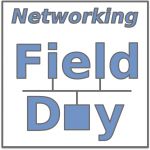0
The Upload: Your tech news briefing for Tuesday, February 17
Spy group has embedded tools in foreign networks, systemsA cyberspy group using tools similar to those of U.S. intelligence agencies has embedded spy and sabotage firmware in systems and networks in countries including Iran, Russia, Pakistan and China, a report by security vendor Kaspersky Lab claims. Kaspersky said that the tools can’t be combated by antivirus products and are also able to stealthily obtain a computer’s encryption keys in order to read otherwise protected data.Sony forges ahead with its SmartEyeglassTo read this article in full or to leave a comment, please click here


